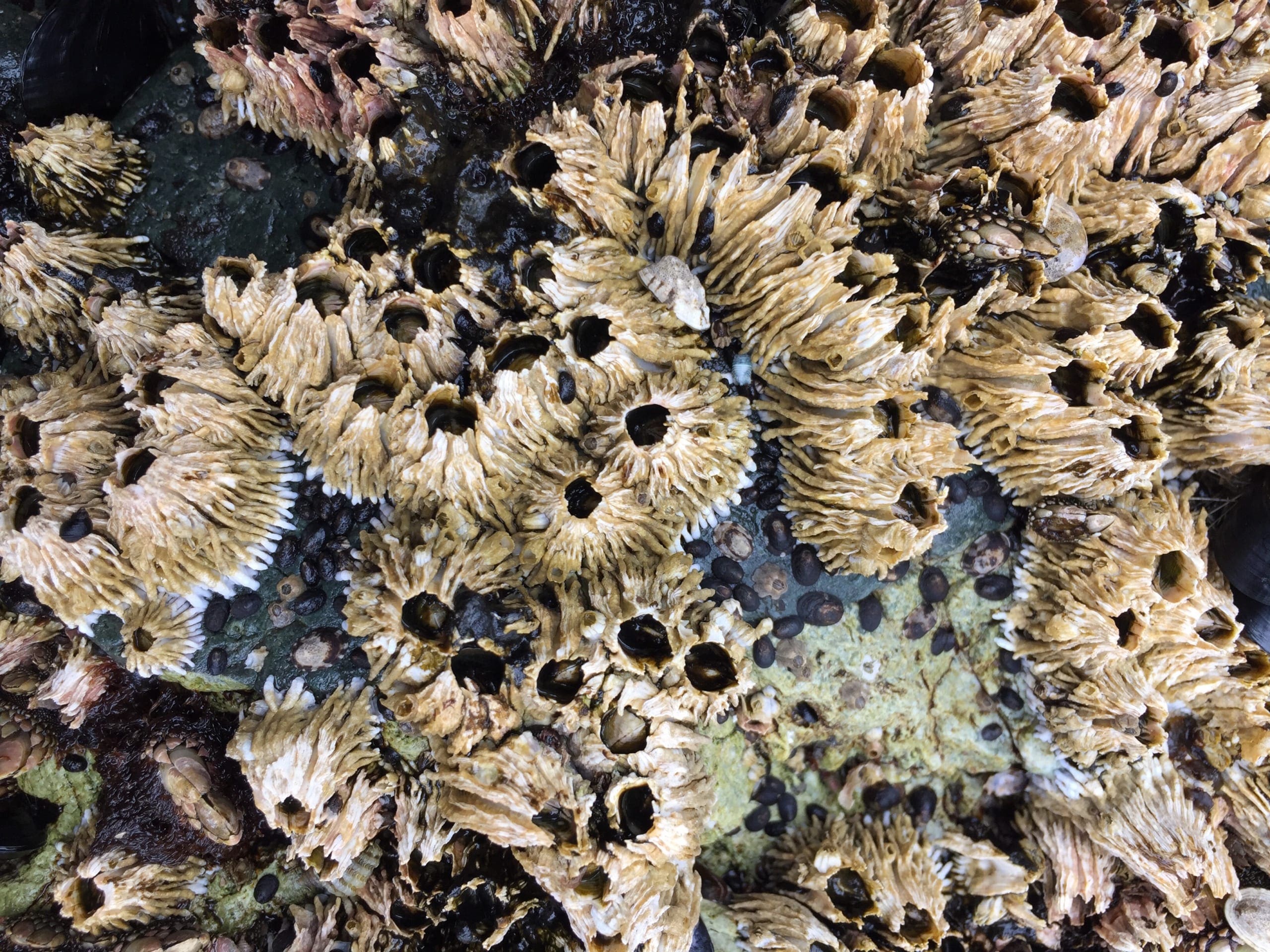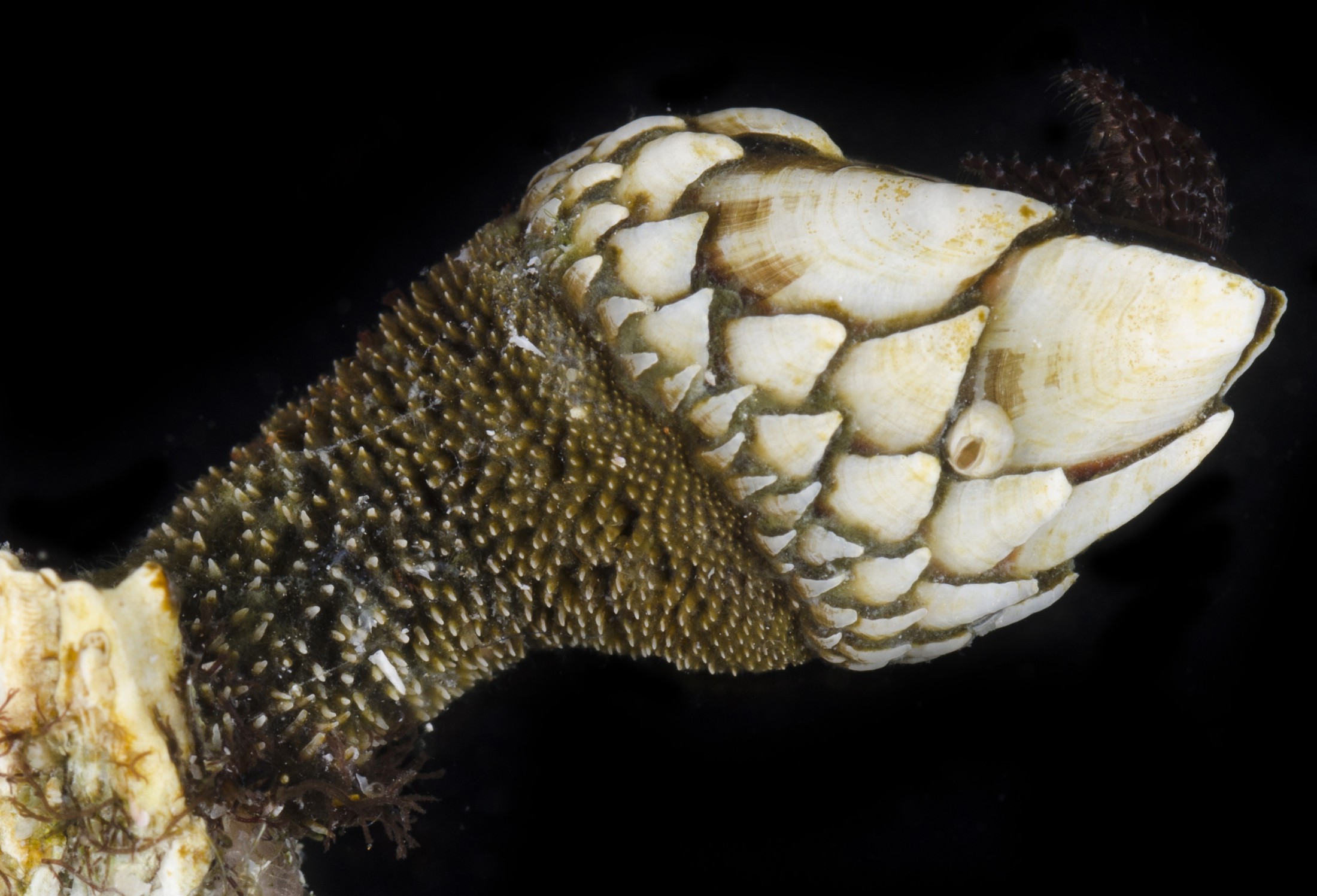When you picture a tiny ocean creature, what comes to mind? Maybe a little fish, or perhaps a busy crab scuttling along the sand. But there's another fascinating inhabitant of our seas, one that often goes unnoticed, clinging steadfastly to rocks and boat hulls: the barnacle. This small, hardy saltwater animal, a kind of ocean arthropod, is a true marvel of adaptation, making its home in some truly challenging spots. You know, it's almost like they've figured out the ultimate way to just chill out and let the ocean bring dinner to them.
These little beings, officially classified as belonging to the arthropod phylum, are put into the crustacea group and the cirripedia order, which really just means they're distant cousins to crabs and lobsters, but with a unique twist. They aren't exactly known for their speedy moves or adventurous travels. In fact, once they pick a spot, they're there for good, making a life-long commitment to their chosen piece of real estate. It's quite a commitment, wouldn't you say?
With around 2,100 different kinds of these creatures discovered so far, there's a surprising amount of variety in how they live and what they get up to. From those that filter their food from the water to some very special ones that live as guests on other sea creatures, the barnacle arthropod is a testament to nature's clever designs. They really are, in a way, just little engineers of the sea, building their homes and finding their food in some truly inventive ways.
- Willie Geist Mother
- Paul Jr Designs Public Figure
- Why Doesnt Eminem Smile
- Noah Centineo Naked
- Dr Jessica Curry
Table of Contents
- What Exactly is a Barnacle Arthropod?
- The Many Kinds of Barnacle Arthropod
- How Does a Barnacle Arthropod Make a Living?
- The Filter-Feeding Barnacle Arthropod
- Where Do These Creatures Call Home?
- The Life Cycle of a Barnacle Arthropod
- How Long Can a Barnacle Arthropod Live?
- The Conservation Picture for the Barnacle Arthropod
What Exactly is a Barnacle Arthropod?
A barnacle, at its heart, is a tiny creature with a hard, protective shell, a kind of small ocean animal that makes its permanent home by sticking to various things in the water. Think about rocks along the shore, the bottom of a boat, or even other marine creatures. They're pretty much found everywhere the ocean touches a solid surface. This little being, you know, it's a small but incredibly tough saltwater resident. It belongs to a big family of animals called arthropods, which includes insects and spiders, but these specific ones are part of the crustacean group. It's a bit like saying they're in the same broad family, but they've got their own unique branch on the family tree, called Cirripedia.
What makes a barnacle arthropod really stand out is its way of life. Unlike most of its crustacean relatives that scuttle around, adult barnacles are what you might call "homebodies." They pick a spot, attach themselves firmly, and that's where they stay for the rest of their days. This fixed lifestyle means their body structure is quite different from, say, a crab that needs to move around a lot. Their bodies are shaped to protect them and to help them grab food from the water passing by. It's actually a very clever way to live, especially when you consider all the waves and currents they have to deal with.
The Many Kinds of Barnacle Arthropod
It might surprise you to learn that there are over 1,000 distinct varieties of these creatures that scientists have described. Most of them, you see, are primarily ocean dwellers, and they've really changed their bodies over time to suit a life where they don't move around much. They're highly adapted for just sitting still. A good many of these barnacle arthropods get their food by filtering tiny bits from the water, and they're usually protected by a strong, calcium-rich outer covering. This hard shell, you know, it's like their own little fortress against the outside world.
- Hitman Holla Real Name
- Nia Sanchez Net Worth 2024
- All Squishmallows Names List
- Luke Gulbranson Girlfriend
- Michele Neurauter
However, not all barnacles fit this typical picture. There's a particularly interesting group called the Rhizocephala, which are, quite uniquely, specialized guests that live on other crustaceans. These aren't your typical filter feeders; they've found a different way to get their nutrients, by associating with other sea animals. It's a bit like they've got a very different approach to life compared to their more common relatives. So, while many barnacle arthropods might seem similar at first glance, there's actually a lot of variation in their life strategies and how they survive in the vast ocean.
How Does a Barnacle Arthropod Make a Living?
Once a barnacle arthropod has found its forever home and settled down, it grows into its adult form and sticks itself to the surface it has chosen. There are a few different ways they manage this amazing feat of attachment. Some of them grip onto the skin of their host, if they're living on another creature. Others, the ones on rocks or boats, basically cement themselves down with a very strong natural glue. And then there are some that are even more adventurous, boring right into the surface they want to live on. It's pretty incredible, really, how they manage to stay put in such a dynamic environment.
Adult barnacles are primarily what we call "filter feeders." This means they don't go hunting for their food. Instead, they let the ocean bring it to them. They have these special feathery appendages, which are called cirri. These cirri are like tiny, delicate nets. As the cirri quickly reach out and pull back through the opening at the top of the barnacle's shell, they sweep the water for microscopic organisms. You know, it's a very efficient system for gathering tiny food particles, like plankton and algae, which make up the bulk of their diet. They're basically just sitting there, sifting through the water, waiting for their next meal to float by.
The Filter-Feeding Barnacle Arthropod
The way the barnacle arthropod eats is quite a sight if you can observe it up close. Imagine these delicate, feathery structures, the cirri, extending out into the water, spreading wide like a tiny fan. Then, almost instantly, they pull back into the safety of the shell, bringing with them any little bits of food they've managed to catch. This rapid extending and retracting motion is constant, a rhythmic dance to gather nourishment. It's their primary way of sustaining themselves, and it works remarkably well for a creature that can't move around to find food.
So, to put it simply, these creatures are like living sieves. They're not chasing anything; they're just letting the ocean's currents do the work of delivering their meals. Their diet is mainly composed of plankton, which are tiny plants and animals drifting in the water, and also algae. This simple, yet effective, feeding method is why they can thrive in so many different marine environments, as long as there's a good flow of water carrying their food. It's actually a very passive but highly effective survival strategy for the barnacle arthropod.
Where Do These Creatures Call Home?
Barnacles are, without exception, creatures of the sea. You won't find them in freshwater lakes or rivers; they need the salty embrace of the ocean to survive. They show a strong preference for certain areas, particularly the intertidal zones of oceans. This is that fascinating stretch of coastline that is sometimes covered by the tide and sometimes exposed to the air. It's a pretty tough place to live, with constant changes in water levels, temperature, and exposure to the elements, but barnacles have adapted to it brilliantly.
Beyond the familiar rocky shores, these adaptable creatures also make their homes around underwater volcanoes. This might seem like a strange choice, but these areas often have unique conditions and food sources that suit them. It's a testament to how versatile the barnacle arthropod can be. A significant portion of barnacle species, roughly 75% of them, are found in shallow waters. This makes sense, as shallow areas often have more light, which supports the growth of plankton and algae, their main food sources. So, you know, they tend to hang out where the food is plentiful and the conditions are just right for their fixed lifestyle.
The Life Cycle of a Barnacle Arthropod
The story of a barnacle's life doesn't start with it cemented to a rock. Most barnacles, especially the common acorn and gooseneck types, begin their existence as tiny, free-floating larvae. These larvae drift around in the vast ocean currents, undergoing several changes as they develop. It's during this larval stage that they are mobile and can explore. They're basically just little travelers, looking for the perfect spot to settle down. This drifting period is a very important part of their life, as it allows them to spread out and find new places to colonize.
Once a barnacle larva finds a suitable surface, something solid and stable, it undergoes a final transformation. This is the moment it transitions from a free-swimming creature to its adult, stationary form. From that point on, it commits to that one spot for the rest of its life. This commitment means they need to be very good at holding on, which they are, whether it's by cementing themselves to a boat, gripping onto a whale's skin, or even burrowing into a shell. It's a pretty big decision for such a tiny creature, wouldn't you say?
How Long Can a Barnacle Arthropod Live?
It might come as a bit of a surprise, but these small, unassuming creatures can actually live for a remarkably long time. While many tiny sea animals have very short lifespans, some barnacle arthropods have been known to persist for up to 20 years. That's a pretty impressive feat for something that spends its entire adult life stuck in one place, just filtering food from the water. This longevity speaks to their resilience and the effectiveness of their survival strategies. They are, in some respects, truly built to last in their watery homes.
Considering their diet, which is primarily plankton and algae, living for two decades means they've been sifting a lot of ocean water over their lifetime. This long lifespan also suggests that their chosen habitats provide a consistent and reliable food source, allowing them to grow and mature over many years. It's quite a testament to the simple yet effective way they've chosen to live, enduring the tides and currents for what feels like an eternity for such a small being.
The Conservation Picture for the Barnacle Arthropod
When we think about the health of ocean life, we often focus on the larger, more charismatic animals like whales or sea turtles. However, every creature, no matter how small, plays a part in the complex web of marine ecosystems. For the barnacle arthropod, their current conservation status is generally considered to be quite stable. This means that, for the most part, their populations are healthy and they aren't currently facing significant threats that would put them at risk of disappearing.
Their widespread distribution, their ability to attach to a variety of surfaces, and their efficient feeding methods contribute to their robustness. You know, it's good news that these little filter feeders are doing well, as they play a role in processing organic matter in the water and providing a food source for other creatures. So, while they might not be the stars of ocean documentaries, their continued presence is a positive sign for the overall well-being of our marine environments.
- Sean Payton Wife
- Harris Nursery Tyler Tx
- Michele Neurauter
- Noah Centineo Naked
- Woody Harrelson Merle Dixon
:max_bytes(150000):strip_icc()/GettyImages-115464238-83577a4a2b1c443eb5a583915d362b1b.jpg)

